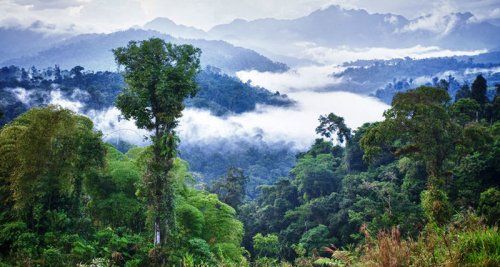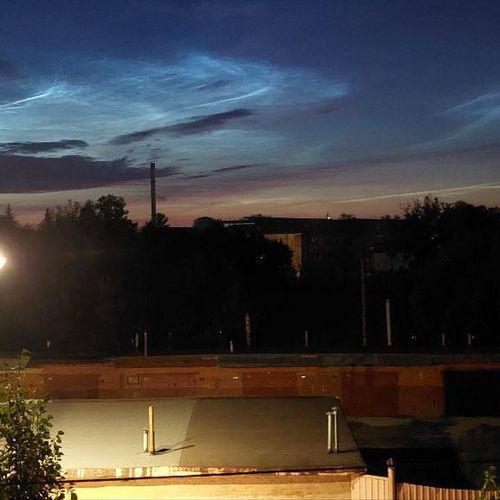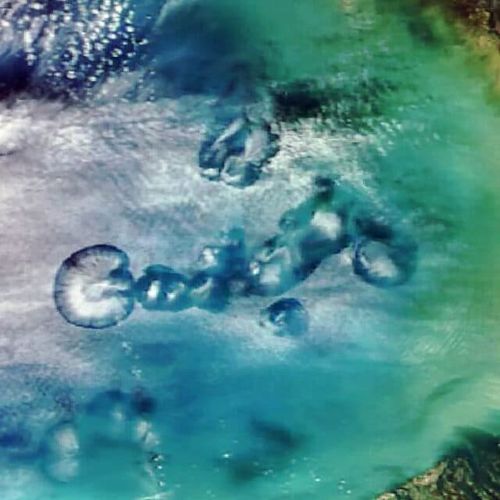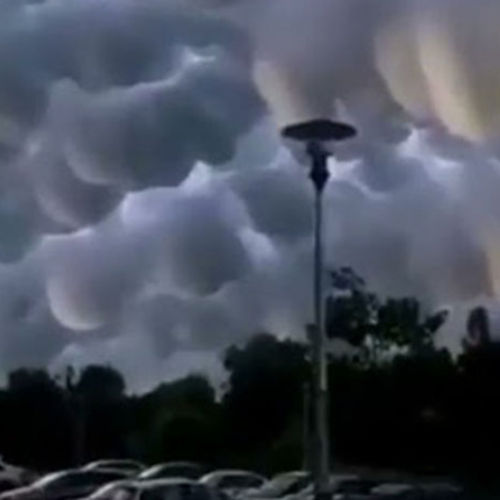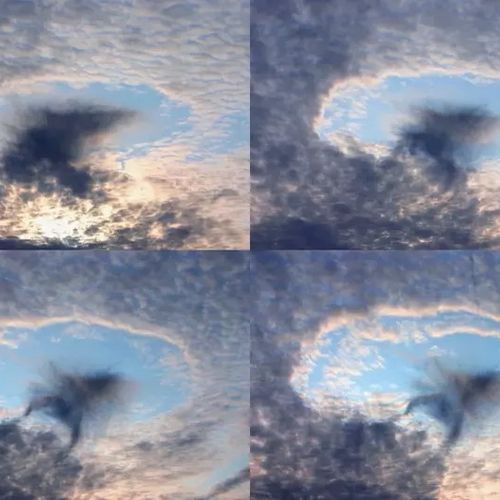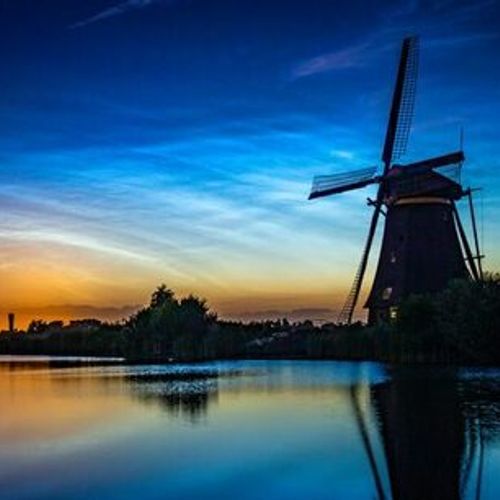
| Added | Mon, 01/04/2019 |
| Источники | |
| Дата публикации | Fri, 29/03/2019
|
| Версии |
The river is a place where water accumulates and moves in the same direction. On land, precipitation is collected in the recesses and ravines, are connected with the drains from the surrounding area and form the tributaries of the mighty rivers that flow to the sea. Water in the atmosphere behaves similarly and forms a river in the sky.
Atmospheric rivers are "long and narrow corridors of intense water vapour transport," says Francina Dominguez, hydroclimatology from the University of Illinois. The term originated in the early 1990-ies, when meteorologists published a study in the journal "Geophysical Research Letters" describing their discovery of the tropospheric sources of the fields in the troposphere, where water vapor accumulates and persists for several days.
Atmospheric rivers can have a width of hundreds of meters and a length of several kilometers, and the amount of water in the form of vapor flowing through them, comparable to the largest terrestrial rivers in the world. According to Dominguez, these celestial rivers are usually formed over the oceans when big cold fronts moving from West to East. A strong jet wind, away from the equator, formed ahead of a cold front, and move the moist air in the atmospheric river.
Compared with the river on land atmospheric rivers are changing rapidly.
"They move all the time; they do not long exist, and then disappear," said Dominguez. "They are very dynamic in space and in time."
Atmospheric rivers can often be formed in more or less the same place. For example, the path between Hawaii and the United States. The West Coast is nicknamed the "Pineapple Express". Atmospheric river storms, which are formed from the moisture in the region can also be called Pineapple Express.
"People see the greatest impact when these rivers fall into the topography," said Dominguez.
In other words, when the atmospheric river flows into the land, often raining or snowing. Results are not necessarily catastrophic; atmospheric rivers also cause light precipitation. But if the characteristics of the country's more extreme - for example, mountains and not hills, then the weather can be more dramatic.
Atmospheric rivers are responsible for most of the heavy rains in the Western part of the United States, where was conducted most of the research on them. There are atmospheric rivers can cause flooding, property damage and loss of life.
Atmospheric rivers is a global phenomenon. They appear in both the Northern and southern hemispheres, stretching from tropical or subtropical regions to the middle latitudes more than 30 degrees North or South of the equator. For reference: the tropics of Cancer and Capricorn is at 23 degrees North and South respectively.
Other areas affected by atmospheric rivers include Chile, Australia, South Africa and Western Europe. Estimated Dominguez, about 90 percent of the total amount of precipitation in these high latitudes accounts for the atmospheric river. This means that atmospheric rivers play a key role in the distribution of water vapor around the world.
In the warm season the amount of moisture in the air certainly increases. "At the moment, as we know, the models show that atmospheric rivers will carry more water," said Dominguez.
But this moisture will not necessarily lead to accurate precipitation, he said. The amount of precipitation where they fall and how often they will fall, everything is relatively uncertain. For example, according to Dominguez, the path of most storms likely to be promoted to the poles in both hemispheres, because the tropics will expand in a warmer climate.
Translated by «Yandex.Translator»
Illustrative photo
Translated by «Yandex.Translator»
Новости со схожими версиями
Log in or register to post comments
